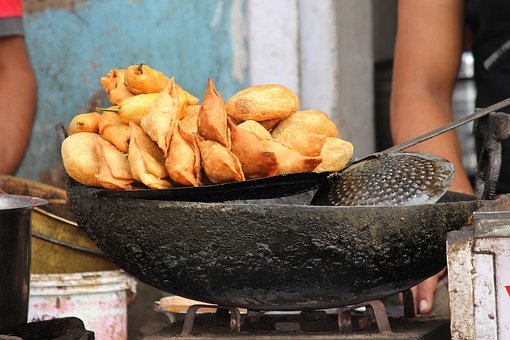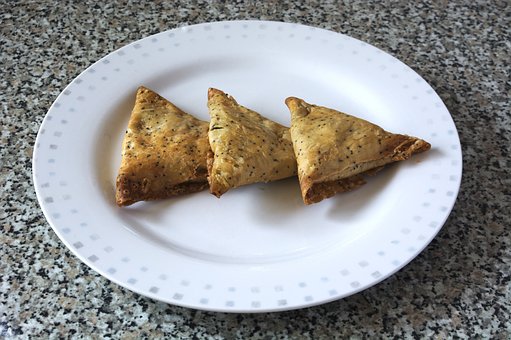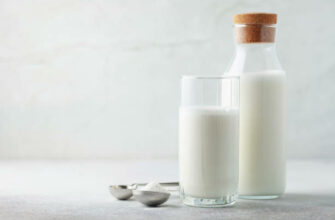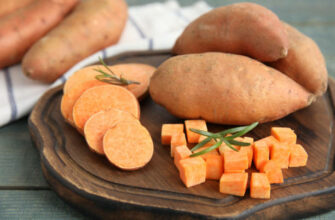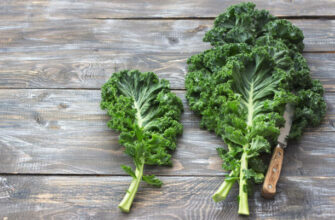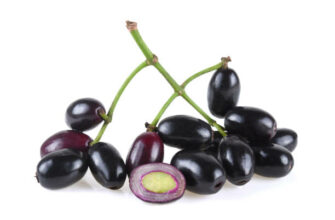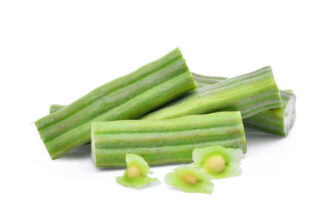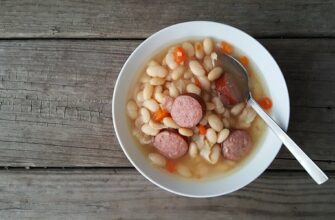Samosas are a popular snack that originated in the Indian subcontinent and are now enjoyed around the world. They are triangular-shaped pastries filled with a variety of ingredients, such as potatoes, onions, peas, and spices. Samosas are typically deep-fried, which gives them a crispy and crunchy texture, but they can also be baked or pan-fried for a healthier option.
While samosas are often thought of as unhealthy due to their deep-frying and filling of starchy ingredients, they can still provide some nutritional value when consumed in moderation.
One of the main ingredients in samosas is dough, which is made from flour, water, and sometimes oil or butter. Flour is a source of carbohydrates, which provide energy to the body. However, the type of flour used in the dough can affect the nutritional value of the samosa. Whole wheat flour, for example, is a healthier choice because it is higher in fiber and nutrients compared to refined white flour.
The filling of a samosa can vary, but common ingredients include potatoes, onions, peas, and spices. Potatoes are a good source of potassium, a mineral that is essential for maintaining proper heart function and regulating blood pressure. They are also a good source of vitamin C, which is important for maintaining a healthy immune system and supporting collagen production. Onions contain antioxidants and are a good source of vitamin C and dietary fiber. Peas are a good source of protein, fiber, and various vitamins and minerals, including iron and folate.
However, it is important to note that the nutritional value of the filling can be reduced if it is cooked in oil or butter. Deep-frying the samosas, as is traditional, adds extra fat and calories. A single samosa can contain anywhere from 100 to 200 calories and 5 to 10 grams of fat, depending on the size and ingredients used.
Despite their potential nutritional benefits, it is important to consume samosas in moderation as part of a balanced diet. They should not be eaten on a regular basis due to their high fat and calorie content. It is also important to consider the overall nutritional value of the filling, as some fillings may be higher in unhealthy ingredients such as processed meats or high-fat cheeses.
For a healthier option, samosas can be baked or pan-fried instead of deep-fried. This can help to reduce the fat and calorie content. Additionally, choosing fillings that are higher in vegetables and lean proteins, such as chicken or tofu, can increase the nutritional value of the samosa.
In conclusion, while samosas can provide some nutritional benefits due to the ingredients used in the dough and filling, they should be consumed in moderation due to their high fat and calorie content. To make samosas a healthier option, they can be baked or pan-fried instead of deep-fried and filled with healthier ingredients. As with all foods, it is important to consider the overall nutritional value and to include a variety of foods in a balanced diet.

 Home
Home Health
Health Diet & Nutrition
Diet & Nutrition Living Well
Living Well More
More